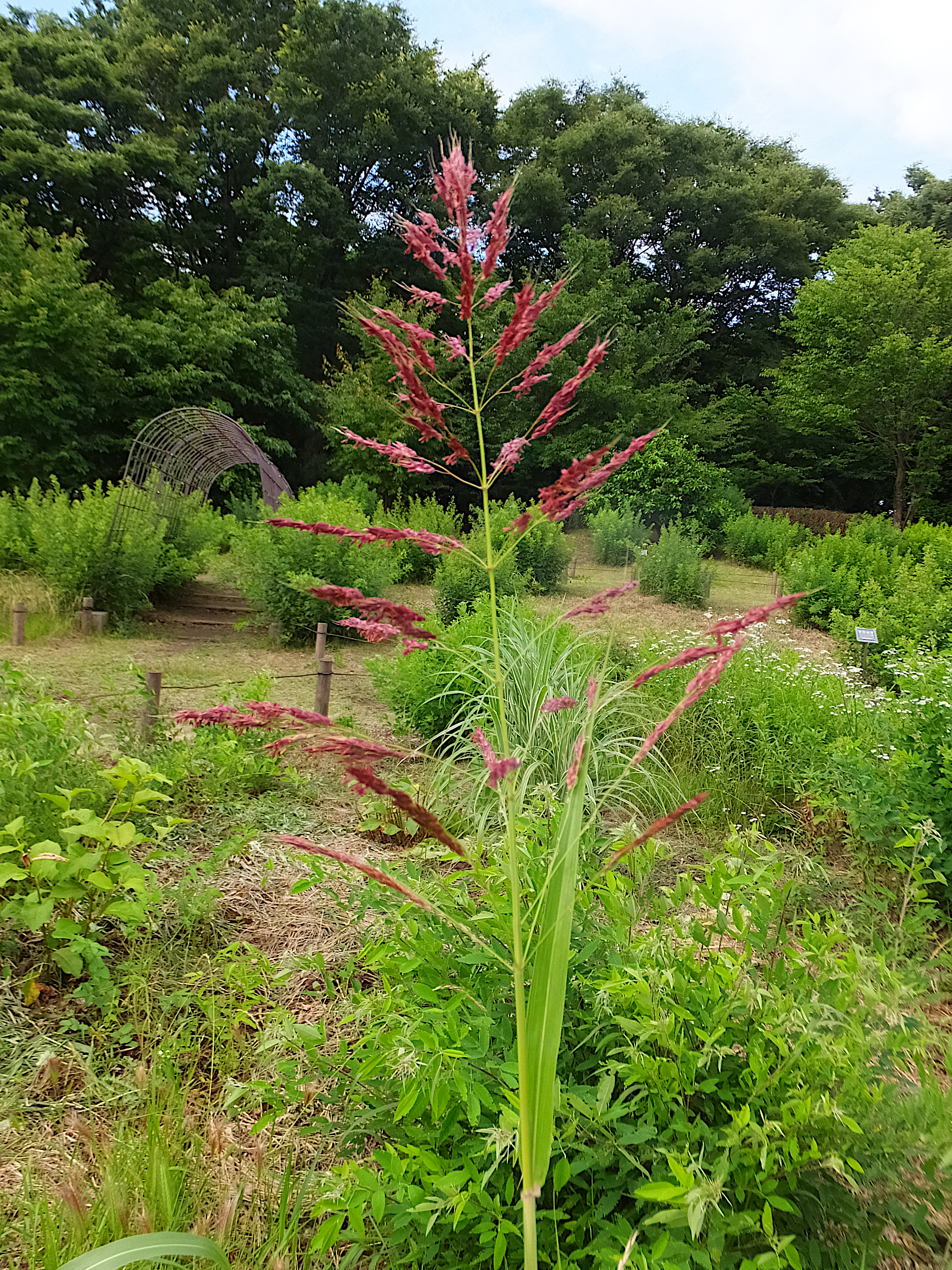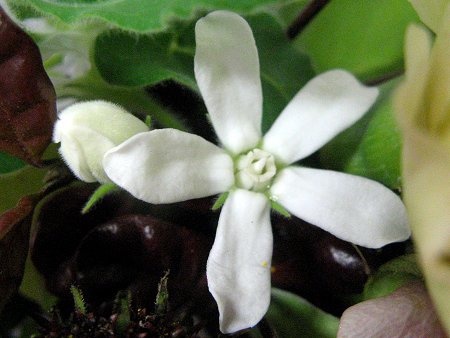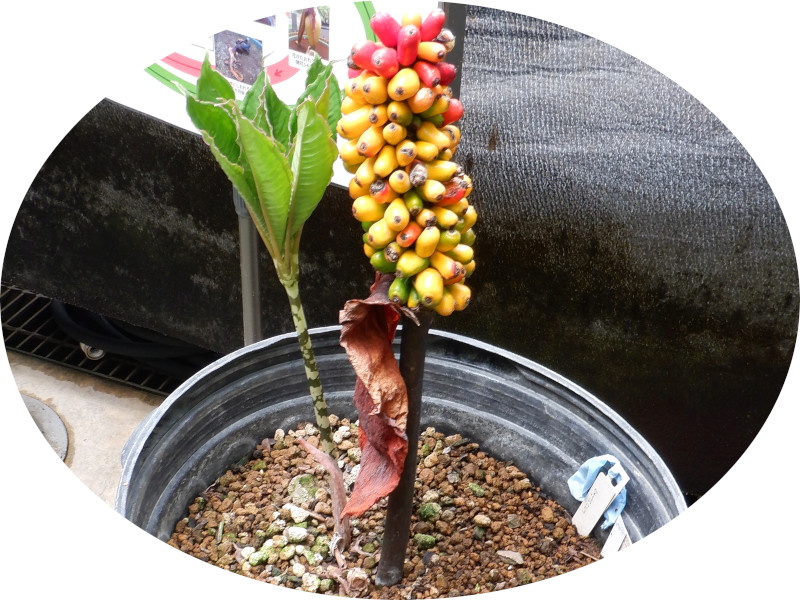Johnson grass
- Flower nameJohnson grass
- Scientific nameSorghum halepense
- Alias西蕃蜀黍
- Place of originthe Mediterranean coastal region
- Place of floweringField
- Flowering seasonAugust, September, October
What is Johnson grass
Sorghum halepense (Common name: Johnson grass) is a perennial plant of the Poaceae (grass family), genus Sorghum, native to the Mediterranean coastal region.
It is one of the top 10 most troublesome weeds in the world because it causes hay fever, forms colonies via underground rhizomes, and spreads aggressively through its highly reproductive seeds.
It was introduced to Japan around 1945 and is now distributed along roadsides, in fields, pastures, and riverbanks from Honshu to Kyushu.
Its height ranges from 100 to 150 cm.
The leaves are green, 20–60 cm long, 1–2 cm wide, linear in shape, and arranged alternately.
From July to September, it produces a 15–50 cm long panicle inflorescence bearing 35 to 350 spikelets.
Note: The young leaves contain cyanogenic compounds.
Common name: Sorghum halepense (Johnson grass)
Scientific name: Sorghum halepense
Other names: Johnson grass, Johnsongrass
Origin: Mediterranean coast
Habitat: Roadsides, fields, pastures, riverbanks
Taxonomy: Kingdom: Plantae Clade: Angiosperms Clade: Monocots Order: Poales Family: Poaceae Genus: Sorghum Species: S. halepense
Plant height: 100–150 cm
Life form: Perennial weed, Leaf color: Green, Leaf length: 20–60 cm, Leaf width: 1–2 cm
Leaf shape: Linear, Leaf arrangement: Alternate
Flowering season: July to September, Inflorescence type: Panicle
Number of spikelets: 35–350, Inflorescence length: 15–50 cm
Spikelet color: Reddish brown to purplish brown
Fruit color: Reddish brown to dark brown
Note: A cause of hay fever, one of the world's 10 worst weeds, and its young leaves contain cyanogenic compounds, making it unsuitable as fodder.
Related pages
Sorghum halepense (Common name: Johnson grass)
Special Feature: Pollen Allergy






